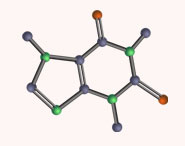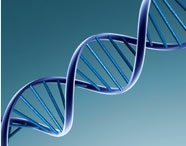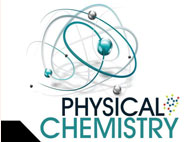


 علم الكيمياء
علم الكيمياء 
 الكيمياء التحليلية
الكيمياء التحليلية 
 الكيمياء الحياتية
الكيمياء الحياتية 
 الكيمياء العضوية
الكيمياء العضوية 
 الكيمياء الفيزيائية
الكيمياء الفيزيائية
 الكيمياء اللاعضوية
الكيمياء اللاعضوية 
 مواضيع اخرى في الكيمياء
مواضيع اخرى في الكيمياء
 الكيمياء الصناعية
الكيمياء الصناعية |
أقرأ أيضاً
التاريخ: 14-10-2019
التاريخ: 2024-01-18
التاريخ: 2025-04-23
التاريخ: 19-10-2020
|
When, as a result of these interactions, a pair of molecules find themselves close together, a reaction can take place provided electrons move from one molecule to another. This is what we call the mechanism of the reaction—the detailed description of the pathway the electrons take. In most organic reactions, the electrons start in one molecule and move towards another. We call the molecule that accepts the electrons the electrophile (electron-lover) for obvious reasons. The molecule that donates the electrons is called the nucleophile.
●A bond forms when electrons move from a nucleophile to an electrophile: electron movement from nucleophile (Nu or Nu–) to electrophile (E or E+) The nucleophile donates electrons. The electrophile accepts electrons.
Here’s a very simple example where the nucleophile is an anion (Cl−) and the electrophile is a cation (H+). The two are brought together by charge attraction, and the new bond is formed by electrons donated by the nucleophile. Since we are representing the formation of a new bond by the movement of electrons, it’s natural to use an arrow to show the way the electrons flow. Arrows used to show electron flow are always curved: we call them ‘curly arrows’. The arrow showing the reaction itself is straight.
In the next example, neither the nucleophile (ammonia, NH3) nor the electrophile (borane, BH3) are charged, but they are drawn together by the interaction between the electrons of the non-bonding lone pair at N and the empty p orbital on B. Electrons flow from the nucleophile (NH3) to the electrophile (BH3) and a new bond is formed.
The charges on the B and the N are necessary simply to account correctly for the electrons. Usually, we think of the pair of electrons in a bond as coming one from each of the bonded atoms. But here, since nitrogen donates both electrons (such bonds used to be called ‘dative bonds’) we have to account for the fact that boron ends up with one electron extra, and nitro gen one electron too few. The bond that forms is just a normal σ bond.



|
|
|
|
حقن الذهب في العين.. تقنية جديدة للحفاظ على البصر ؟!
|
|
|
|
|
|
|
علي بابا تطلق نماذج "Qwen" الجديدة في أحدث اختراق صيني لمجال الذكاء الاصطناعي مفتوح المصدر
|
|
|
|
|
|
|
مشاتل الكفيل تنتج أنواعًا مختلفة من النباتات المحلية والمستوردة وتواصل دعمها للمجتمع
|
|
|